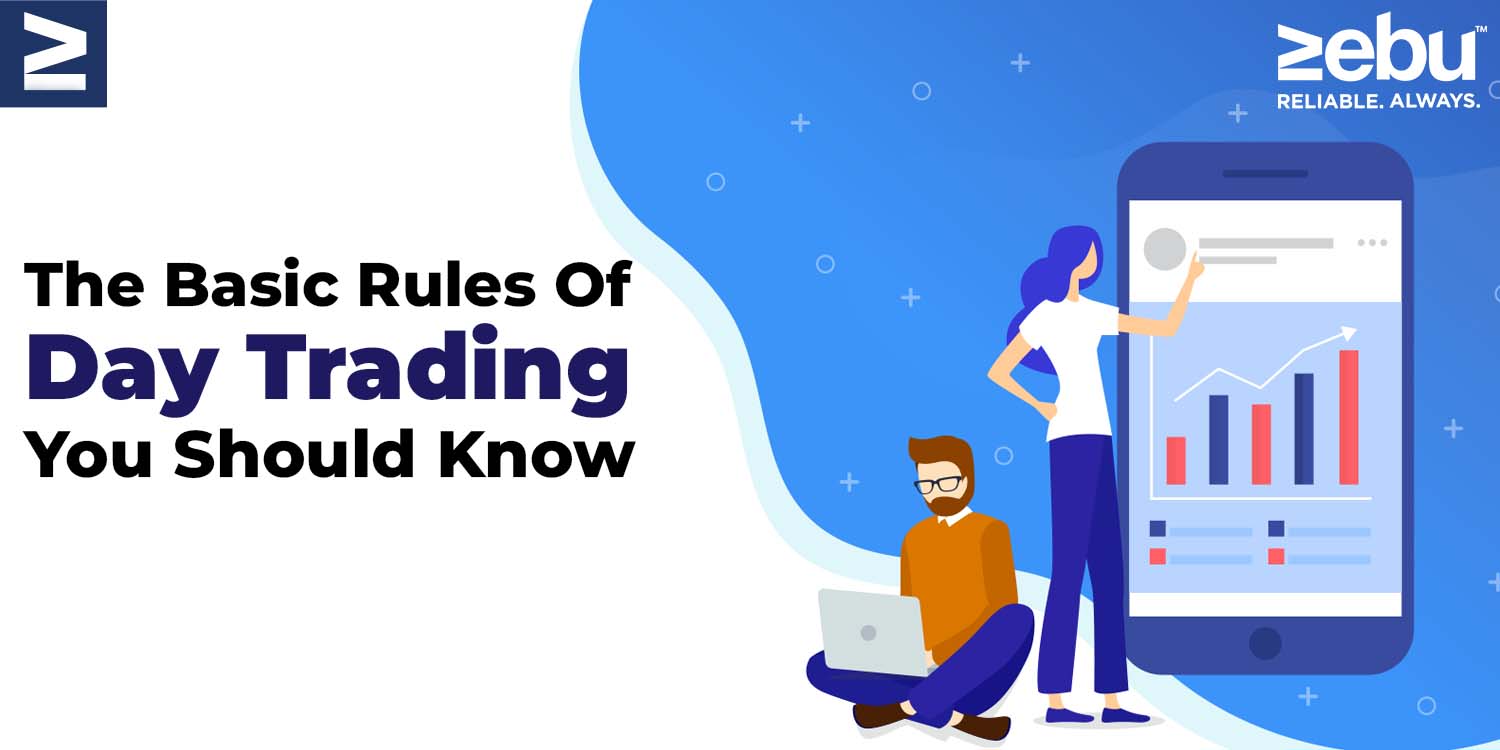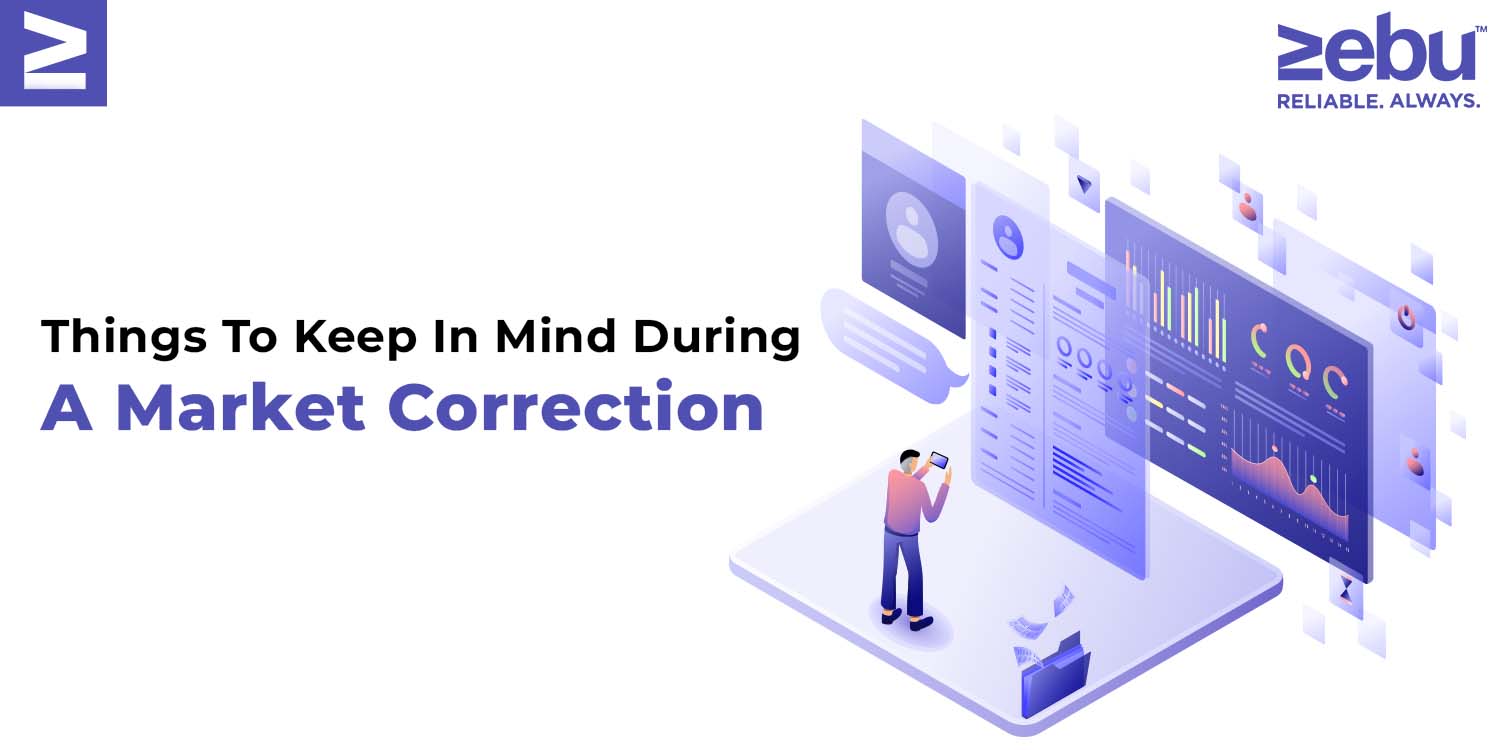
When an investor sells shares he does not own, this is called “short selling.” In a short sale, a trader borrows shares from the owner with the help of a brokerage. The trader then sells the shares at market value, hoping that prices will go down. The person who sells short buys the shares at a loss and makes money when the prices go down. It’s important to know that short selling is done by experienced traders and investors who think that the price of shares will go down before they are returned to the owner. Short selling has a high risk-to-reward ratio because you could make or lose a lot of money.
Information about short sales:
1. In a short sale, the seller does not own the stock that is being sold. They are borrowed from someone else.
2. Both individual investors and large groups of investors can do short sales.
3. Short selling is based on guessing what will happen.
4. The seller bets that the price will go down by using short selling. If prices go up, the seller will lose money.
5. Traders have to do what they have to do and give the shares back to the owner when the trade is settled.
6. It’s important for investors to know that the deal is a short sale.
7. Most of the time, short selling happens when the market is down and the price drop is big.
On the stock market, a short sale is done when people want to make money quickly. Some people say it’s like holding on to stocks for a long time. Long-term investors buy stocks with the hope that their prices will go up in the future. Short-sellers, on the other hand, watch the market and profit when prices go down.
How does the short sale process work?
Pros of short-selling:
Financial experts have had a lot to say about the benefits of short selling. Even though this approach has been criticised, market watchdogs all over the world support it because it helps fix irrational overpricing of any stock, provides liquidity, stops bad stocks from rising quickly, and makes sure promoters can’t change prices.
Short-selling disadvantages
Short-selling is an illegal practice that market manipulators often use to raise stock prices artificially. Because of this, there is a higher chance of market instability and more volatility. The planned drop in stock prices could hurt the company’s confidence and make it harder for them to raise money.
A “naked short sell” when a trader sells shares without borrowing them or making plans to borrow them. If the trader doesn’t borrow the shares before the clearing time, he or she can’t give them to the buyer. The trade is said to have “failed to deliver” if the trader doesn’t close the position or borrow the stock. Since it goes against the laws of supply and demand, naked short selling is illegal in most countries. If a large number of naked short sales are made, the market can become unstable.
Short selling is not a good idea for new traders and gamblers who don’t understand the risks. Short selling should only be done by people who know a lot about how the market works.








